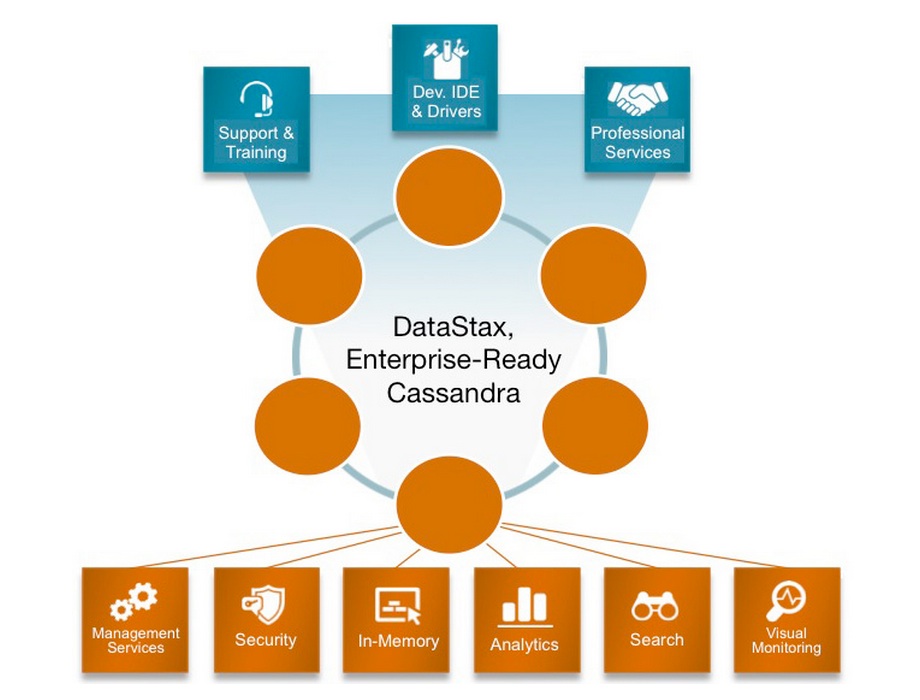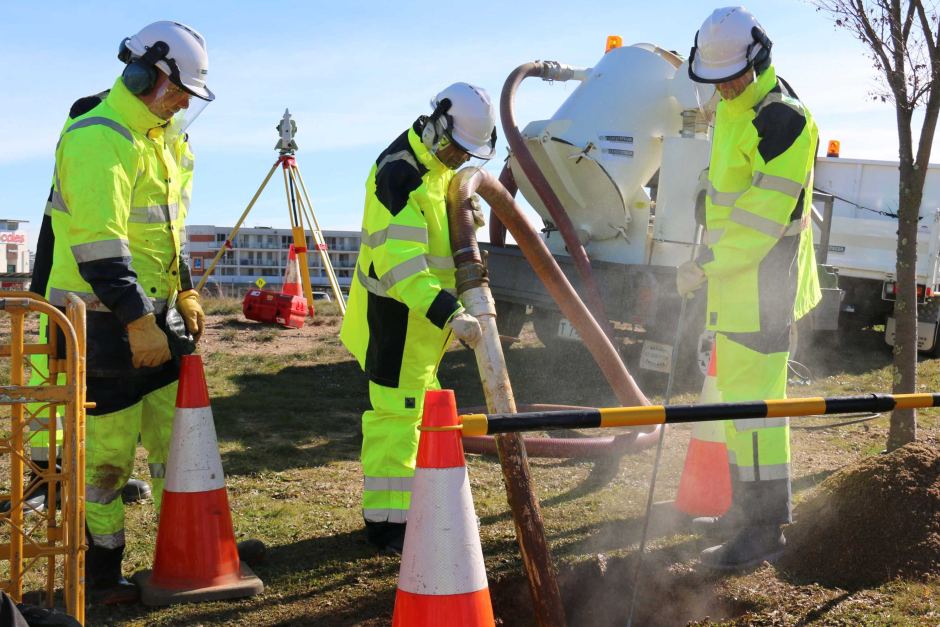What is Spark?
Apache Spark, also known as Spark, is an open source framework for big data processing. It is built on the idea of providing lightning fast speed, ease of use, and high-level analytics. It can handle almost any kind of query under the sun. Not surprisingly, more and more organizations are readily showing interest in adopting Spark.

Originally developed in UC Berkeley’s AMPLab in 2009 after a series of groundbreaking work aimed at utilizing distributed, in-memory data structures for improving data processing speeds, it was open sourced a year later as an Apache project.
The main data structure in Spark is a Resilient Distributed Dataset (RDD). An RDD is Spark’s way of representing a dataset distributed across the RAM, or memory, of several machines. An RDD object basically means a collection of elements that can be used to hold lists of tables, lists, dictionaries and so on. A dataset can be loaded into an RDD; then any of the methods accessible to that object can be run.
With Spark, one has the advantage of a comprehensive, unified framework for managing big data processing. The requirements could vary in terms of data sets (text data, graph data etc.), and even data source (batch vs. real-time streaming data).
Why Spark?
Spark is ahead of technologies like Hadoop and Storm. The speed at which Spark works is up to 100 times more than that of MapReduce for programs like iterative algorithms and interactive data mining. Spark enables in-memory cluster computing for incredible speed. The low latency processing of big data is beyond the scope of typical MapReduce programs. However, it is cakewalk for Spark due to its speed. Not only that, it supports languages likes Scala, Java, and Python APIs for easy development of applications.
Spark has the ability to deal with a broad range of data processing situations, since it can combine SQL, complex and streaming analytics together in a seamless fashion. Spark can run on top of Mesos, Hadoop, standalone or in the cloud. Accessing various data sources like HDFS, Cassandra, HBase, or S3 is possible with Spark.
Should you learn Spark?
As mentioned in the beginning of the article, the market is rapidly growing for Spark professionals. It is a new technology and is being hailed as the new big thing that is enormously adding to the potential of big data analytics. At this stage, one can become a member of Spark Developer’s Community and give a boost to their career by ensuring compatibility between the next generation of Spark distributions and applications, or getting involved in developing Spark in its nascent stage.
In the near future, the primary processing for Hadoop jobs is going to be managed by Spark. At present, Spark is one of the highest-level Apache projects, having superior speed and programmability than MapReduce. Therefore, it is also one of the best options for those looking to add value to their abilities.
If you want to know more about data analytics, sas training, business analytics courses and big data hadoop training visit Analytixlabs.


